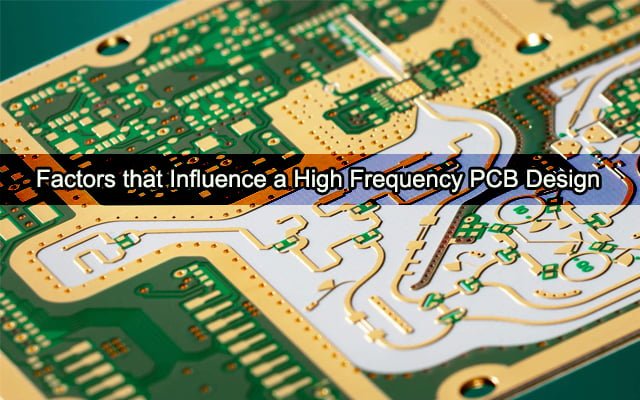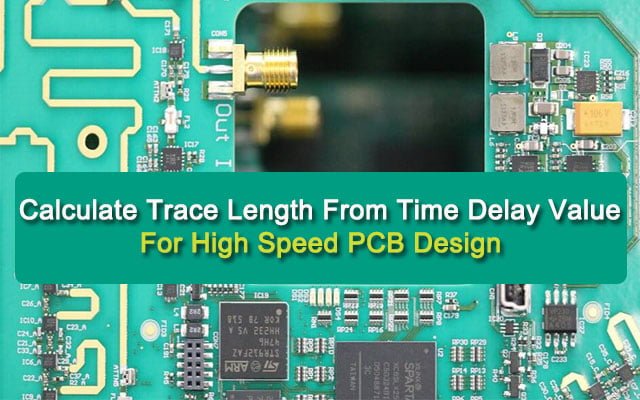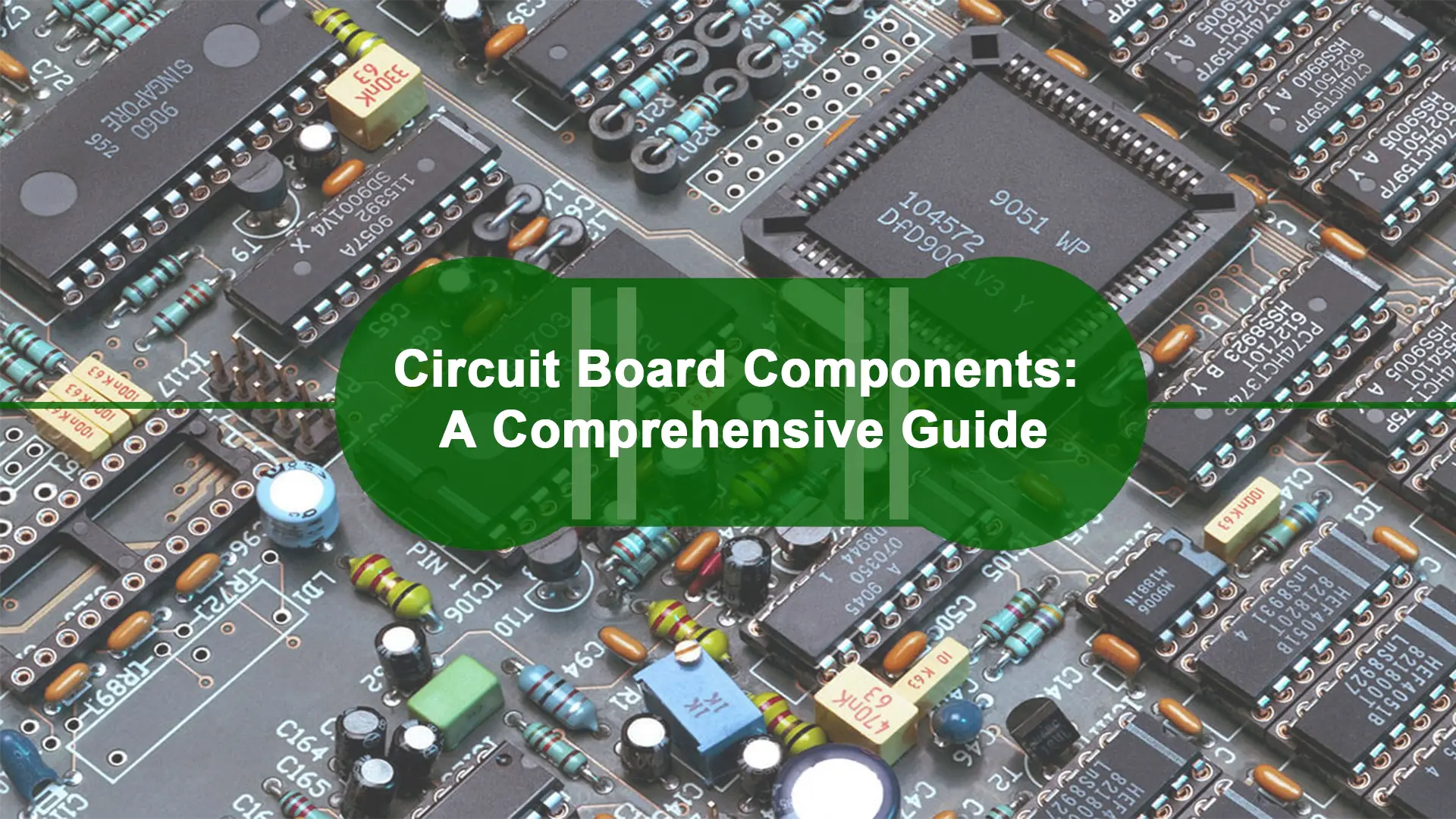I doubt it makes much difference unless the copper extends beyond the contact that would exist with the dielectric.
If the copper extends, you’ll have better lateral heat spreading and that will conduct through the dielectric so there will be less temperature drop across the dielectric.
Copper conducts heat about 400x better than the dielectric (which may be 50-200um thick) and is typically 35 or 70um thick (1oz/2oz). So extending it at least a few mm should help a little. I’m not sure it’s a huge difference, even at 200um and 1.0 W/m*K the temperature drop at (say) 5W is less than 7°C if I did the sums correctly (10mm x 15mm contact). If a 15 x 20mm pad was isothermal (which it won’t be but say it was a bit bigger than that), then it would reduce the drop to half, saving a few °C. The savings would be proportionally less (or worse) if the dielectric was thinner, so it might not be much.
Read More: Heavy Copper PCB
#PCB Design #PCB Materials



